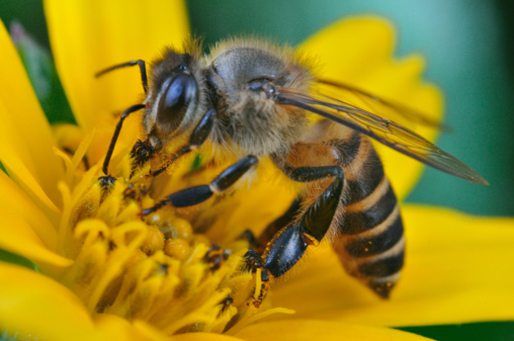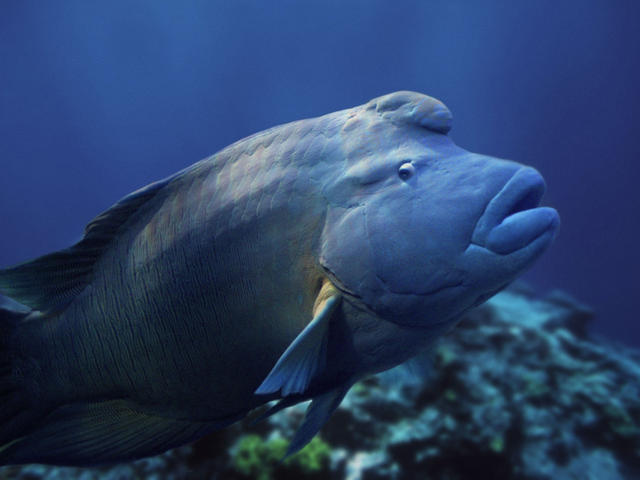
Although the Indiana Bat has been endangered for many long
years I understand that it is difficult to tell it apart from other bats. But
all bats are important. Respect for wetlands and other aspects of the environment is
of such value to the bat
habitat.
I want to share
10 tips to help bats that were shared with me:
1)Don’t use pesticides in your garden or around your home
for they are dangerous both to bats and the insects bats feed on. Not only can
the toxins in pesticides be dangerous to bats, but they also kill the insects
that bats feed on.
2)Unless they pose a hazard, leave dead or dying trees
around your home instead because many types of bats use dead trees to roost in.
3)Protect streams and wetlands around your property because
they often provide valuable habitat for bats.
4)If you come across a bat on the ground or on an outside
wall of your home, report it to your local wildlife officials, or contact a
wildlife rehabber.
5)If a bat makes it into your house, there are safe, humane
ways to convince them to leave. You can ask a professional for help.
6)You can also give a bat a house of its own.
7) Do not disturb hibernating bats because doing so may
force them to use up the fat reserves they need to survive through the winter.
8)It seems obvious, but, stay out of caves that have been
closed. They are usually closed to
reduce the spread of disease to bats.
9)Spread the truth about bats. The more people understand
about how important bats are, the more support we can gather for protecting
them and their habitats.
10)Support organizations like Defenders that work to
protect bats and their habitats











